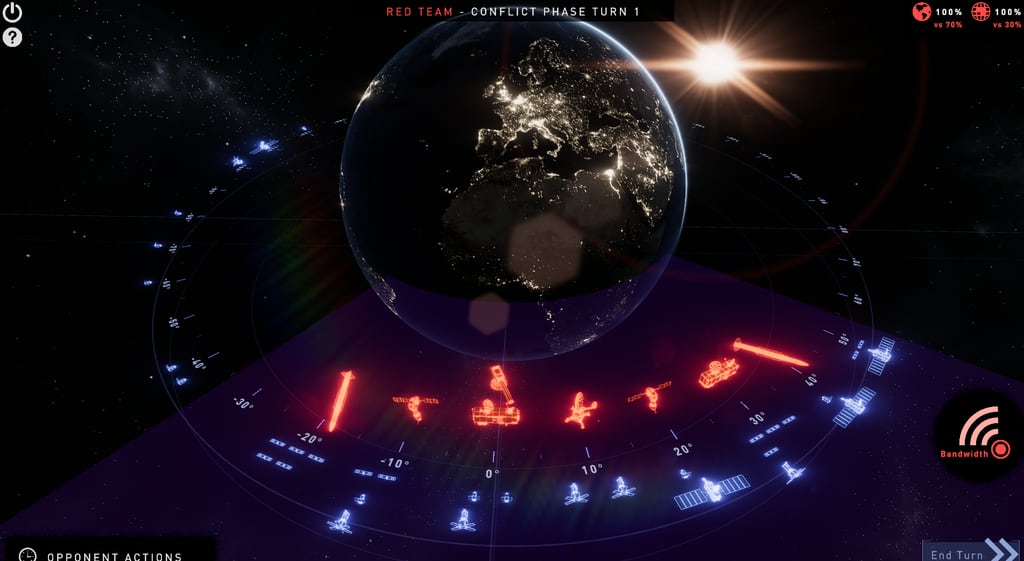WASHINGTON — The head of the Space Force’s test and training enterprise said the service needs help from industry as it modernizes systems and virtual environments it uses to train guardians and test capabilities in space.
Maj. Gen. Shawn Bratton, head of Space Training and Readiness Command, said the service has identified gaps in the digital infrastructure that will allow STARCOM to train and test cyber, electromagnetic and orbital warfare in a single virtual environment and in the ground and space-based sensing capabilities to observe sensitive in-orbit test activity for long periods of time.
“We’ve got lots of sensors that work for the operational command now doing space domain awareness, but when you’re conducting a sensitive test activity, the ability to stare into space for hours, days or longer will mean we have to have some dedicated sensors for test activities,” Bratton said during a virtual May 10 Mitchell Institute event.
STARCOM officials will meet with industry representatives in late June to discuss these capability gaps and update companies on plans to develop a National Space Test and Training Complex.
The NSTTC is one component of the service’s operational test and training infrastructure, providing the simulated and in-orbit capabilities it needs to make train its force and making sure the satellites and ground systems it develops work as designed.
“It’s not a physical piece of real estate that we own,” Bratton said of the range. “It’s really the sensors that we need to observe activity, to make sure we’re being safe and professional. . . . And then the infrastructure that ties it all together for command and control and gathering data.”
The Space Force requested about $340 million for operational test and training infrastructure in its fiscal 2024 budget. That includes funding to develop the NSTTC and for training equipment like simulators.
As STARCOM refines its long-term capability needs for the NSTTC, the command is already conducting live and virtual exercises within existing range environments.
In September, it hosted its first “Black Skies” electromagnetic warfare training event and the command is planning a similar orbital warfare exercises this summer called “Red Skies.” Next year, STARCOM will host a “Blue Skies” event geared toward training cyber operators. The command recently conducted a second Black Skies exercise and is planning its third for this fall.
Bratton said that while the Space Force’s electronic warfare operators are “pros” at running their systems, Black Skies has focused on command and control and operating several systems at once. It’s also helped train operators for the intelligence portion of their mission.
“There are always lessons learned on the intel side on, how do we think about targeting, our understanding of the adversary, our ability to move information rapidly across the enterprise . . . between offensive and defensive capabilities,” he said.
As for STARCOM’s participation in joint training exercises and its support of the other military services, Bratton said, “the demand level is high and the Space Force is small,” but the command is doing what it can to provide space inputs for those events.
Courtney Albon is C4ISRNET’s space and emerging technology reporter. She has covered the U.S. military since 2012, with a focus on the Air Force and Space Force. She has reported on some of the Defense Department’s most significant acquisition, budget and policy challenges.








